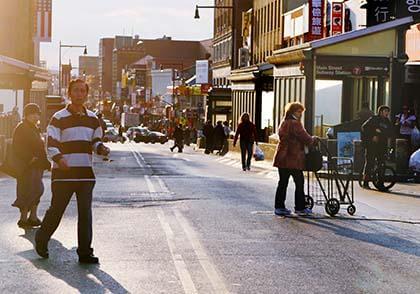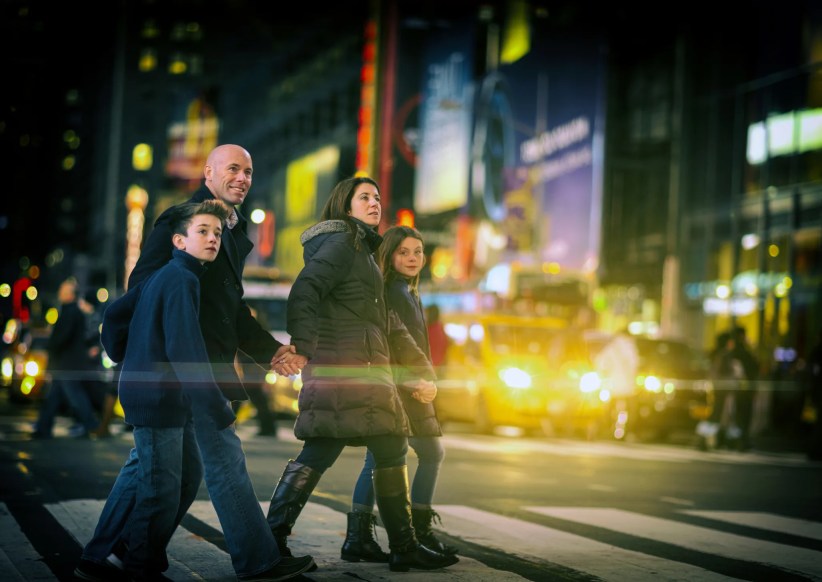By Connor Adams Sheets
The Flushing-Main Street stop of the No. 7 subway line is among the 10 stations with the highest ridership for the first time since 2003, according to data recently released by the MTA.
The station moved into the No. 10 spot in 2010, according to a study released a couple of weeks ago, dethroning Fulton Street in Manhattan from top-10 status.
Flushing-Main Street’s ridership increased by 1.9 percent between 2009 and 2010 from 18,287,069 to 18,630,490 riders per year, while the Fulton Street stop’s ridership fell by 2.9 percent to 18,303,963 annual riders, according to the study.
Ridership measures the number of MetroCard swipes recorded at a station, meaning stops such as Queensboro Plaza that experience a high volume of passers-through and transfers but lower numbers of originating swipes do not rank as high on the list. Queensboro Plaza, which serves the No. 7, N and Q lines, ranked 167th out of the city’s 421 stations, with 2,813,789 passengers in 2010.
Kevin Ortiz, spokesman for MTA New York City Transit, said the popularity of the Flushing-Main Street station — the eastern terminus of the No. 7 line — is due to the booming population in nearby communities as well as the fact that downtown Flushing is a key transportation hub for northeast Queens.
“It always hovers around that particular marker, somewhere close to the top 10, reason being that the Flushing line travels along a corridor with a number of neighborhoods that are highly populated,” Ortiz said. “Also, a number of bus lines meet there. You’ve got 21 buses alone at Main Street and Roosevelt [Avenue.] You also have a Long Island Rail Road stop that is a block away as well.”
Ortiz acknowledged that the data highlights what most Queens residents know, namely that the No. 7 line is crowded, particularly during rush hour commutes.
“Right now it’s over capacity, meaning we run as many trains as we can run at a particular hour along that line. We’re trying to address some of the signal issues that have been cropping up over the last couple of weeks in the short term,” he said. “Long term, we will be installing Communications Based Train Control that will allow us to run an extra one or two trains per hour on the 7 line.”
The top nine stations with the highest ridership, from first to ninth, are Times Square-42nd Street; Grand Central-42nd Street; 34th Street-Herald Square; 14th Street-Union Square; the 34th Street-Penn Station Nos. 1, 2 and 3 station; the 34th Street-Penn Station A, C and E station; 59th Street-Columbus Circle; Lexington Avenue/59th Street; and 86th Street.
The city is also working to finish the extension of the No. 7 line from its current Manhattan terminus at 42nd Street and 7th Avenue to 34th Street near 11th Avenue. The project is on schedule to be completed by 2013, Ortiz said.
The subway station with the lowest ridership in the city was also in Queens. The northbound-only Aqueduct Racetrack station on the A subway line came in dead-last in the annual survey of the city’s 421 subway stops, with 29,644 riders in 2010.
But that number did represent an increase of 9.8 percent over 2009’s 27,004 riders, which may be a reflection of budding work on a new casino at Aqueduct.
Reach reporter Connor Adams Sheets by e-mail at csheets@cnglocal.com or by phone at 718-260-4538.


































